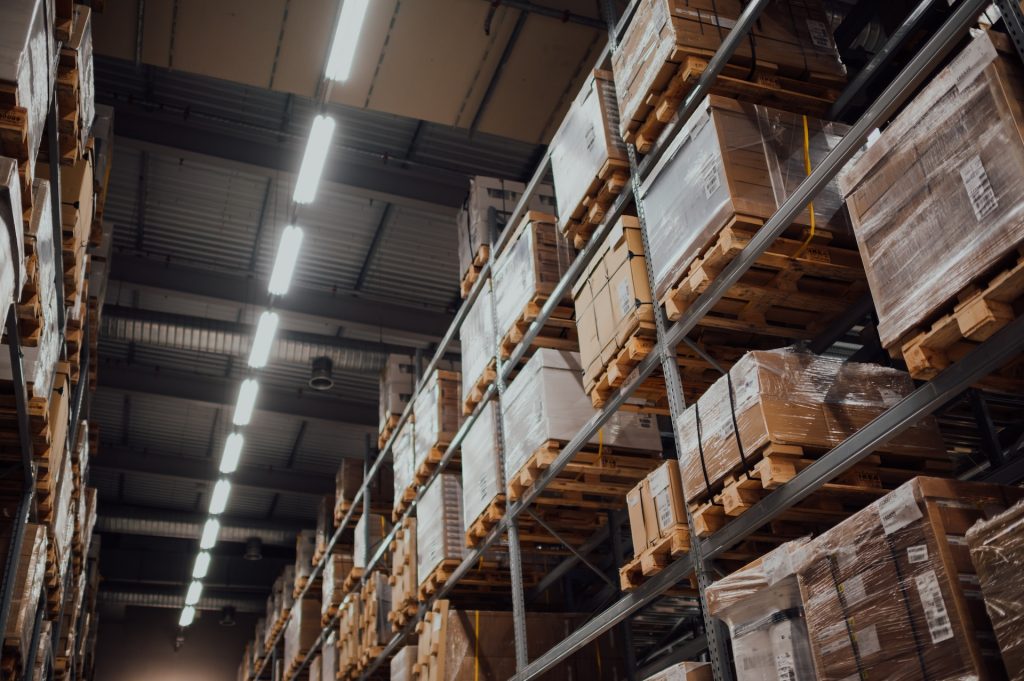Dynamic Data Solutions to Charging Taxes, Fees and Shipping on eCommerce Sites

Shipping, fees, and taxes are an important part of any ecommerce site. When shopping online, taxes, fees, and shipping costs are an important consideration for buyers when making a purchase. Being able to clearly state and display any additional costs early in an online transaction will not only benefit the buyer but also the seller. But how can we determine the right taxes, shipping costs and fees quickly and easily?
In this article we discuss how to identify a buyer’s location in order to help us determine the proper costs for taxes, shipping, and any additional fees. Price is a key factor when making a purchase online, so it’s important that we get everything right to avoid abandoned carts. Shoppers want to know the total cost of an item and don’t want any surprises when checking out.
Dynamic data solutions, and location services are used to determine a buyer’s location and can allow for localization of products and services, including sales and promotions. Localization is the ability to isolate a geographic area to determine a person’s location and proper costs for services and goods. The demand for location and localization services continues to grow and is expected to keep growing, which will ultimately help drive customer engagement. Dynamic solutions offer real-time location services and allow for manipulation of the data as it is being operated on.
Determining a buyers location
Most shoppers know that unless otherwise stated, shipping costs will be added to the purchase price for items ordered. In the US, people expect to pay taxes on goods in states where taxes apply. Buyers also know that shipping costs are determined by their location. For ecommerce sites, knowing a person’s location is determined by using a geolocation API (application programming interface). One of the benefits of a location based ecommerce site is that it allows for immediate identification of the geographic area where a customer resides and makes determining taxes, fees and shipping quick and easy.
By using location recognition, we’re not only able to determine latitude and longitude, but often we can identify the physical address along with a zip code. Having this information makes it easier to determine shipping costs and any taxes and fees associated with the purchase. Determining this information in real-time or dynamically, makes for a better user experience and helps prevent any issues or questions about the final purchase price. Transparency in pricing and fees improves customer experience and helps build trust with your client base.
Implement routing
Knowing the most affordable route when shipping goods requires proper routing. Determining routes also requires an API which enables businesses to provide logistics and route planning. If you have multiple store locations, you are able to determine the best order fulfillment options for different online orders. By using a routing API, you can determine the most efficient route which lowers your shipping costs and cuts down on delivery time. Selecting the best shipping source for delivery is based on the customer’s location. The advantages are numerous and much of the shipping process can be automated, saving time, and money and allows for optimization of order fulfillment across locations. If you’re able to send an order from the closest location to the buyer, the order arrives sooner with reduced shipping costs.
Use a database
Keeping track of products and customers requires a reliable database to store information. A good database will be easy to use, functional, and offer high performance. Ideally, the database will have fast indexing, and performance optimization features. Your database will store all the essential information to make your ecommerce site run smoothly. The database should also have the ability to scale as your site grows and traffic increases.
Location data is information about geographic positions of devices which contains latitude and longitude, commonly called coordinates. This data is used for determining a customer’s location and helps calculate fees, taxes and shipping costs associated with a purchase. By storing this data, future sales to the same customer become easier and other services such as marketing can be implemented based on localization. Location data is varied and collected using different sources. The important thing to remember is that by storing this information it allows for a better, more personalized customer experience.

Size and shape
If you’ve ever received an irregular shaped object as a gift, you’ll know that wrapping some things can be difficult. Being able to measure irregular items to be shipped and packaged can also be difficult. Shipping and logistics requires detailed information about the size, shape and weight of an object. Fortunately, there are special services that can help with measurements of odd shaped objects.
Shipping costs and fees are determined by weight, but also by the size and shape of the item being shipped. Most ecommerce sites can benefit from having a service to help determine the specifics of irregular shaped objects. Knowing the proper size and proportions of an object to be shipped will make it easier to package and save on costs and packaging expenses.
Consider logistics
Now that we’ve determined the location, size, shape and weight of the object being shipped, we have to now consider the logistics. Once you know the customer’s location and all the associated costs of an order, the next step is getting the item shipped. Most ecommerce stores don’t have a brick-and-mortar location, which makes shipping difficult without the proper resources. Online shoppers have come to expect a fast and pleasant experience when ordering online and without a logistics solution, order fulfillment is going to be slow and difficult.
Logistics is the process of getting the purchased item to the customer. The order is packaged, shipped, and then delivered. This should all be seamless and quick. Having a well-designed logistics process is essential and provides a competitive advantage. Knowing all the information needed for an order is useless without the ability to get an item to the customer in a timely fashion and without any problems.

Summary
Shipping costs, fees, and taxes are all part of an ecommerce site. Buyers consider costs when shopping online and expect to know what the final cost will be. Taxes, fees, and shipping costs are determined by a customer’s location. In order to know these costs, most ecommerce sites will need a dynamic data solution to determine a customer’s location. Dynamic solutions offer real-time location services with the ability to manipulate data as it is being operated on. Being able to manipulate the data can allow for better marketing, sales and promotions based on location.
Location is determined by using a geolocation API. This allows for immediate identification of the geographic area where the customer resides, making taxes, fees and shipping costs easier to identify and implement. Using a geolocation API can give you the latitude and longitude of the device being used, but also the physical address in many cases. Having the ability to identify this information makes for a better customer experience and can help build trust when making a purchase.
Knowing the best route to ship an item requires route planning. Determining routes also requires an API and helps select the most affordable route for shipping and logistics. Order fulfillment is easier and more efficient when you know the fastest route to get an item shipped to a specific location.
Ecommerce sites need a place to store the data about their products and customers. Having the right database can make the difference between success and failure. A good database will be easy to use, functional and offer high performance. Any database solution should also be scalable and optimized for speed. Location data is the geographic coordinates and can be stored for future purchases making taxes, shipping and fees easier to determine. There are many ways to collect location data, but the important thing is providing a great customer experience.
Some items or products are irregular in shape but still require shipping and packaging. There are special services that can help determine the size and shape of objects of irregular size. The size, shape and weight of an item are typically used to determine the cost of shipping. Knowing the proper proportions of an object to be shipped will make it easier to package and ship, which saves on costs.
Logistics is the process of getting an item to the customer. Most ecommerce sites don’t have a brick-and-mortar location making shipping difficult without the proper resources. Online shoppers expect a great experience and without a logistics solution, order fulfillment will be difficult. Having a well-designed logistics process is critical to staying competitive. It is essential to have a complete logistics solution based on dynamic data that can be adapted to find the quickest and most cost-efficient route available.
Dynamic data solutions provide real-time information to help ecommerce sites determine taxes, fees, and shipping costs more accurately and in real-time. Without location services it will be difficult to stay competitive and provide quality services and products.



